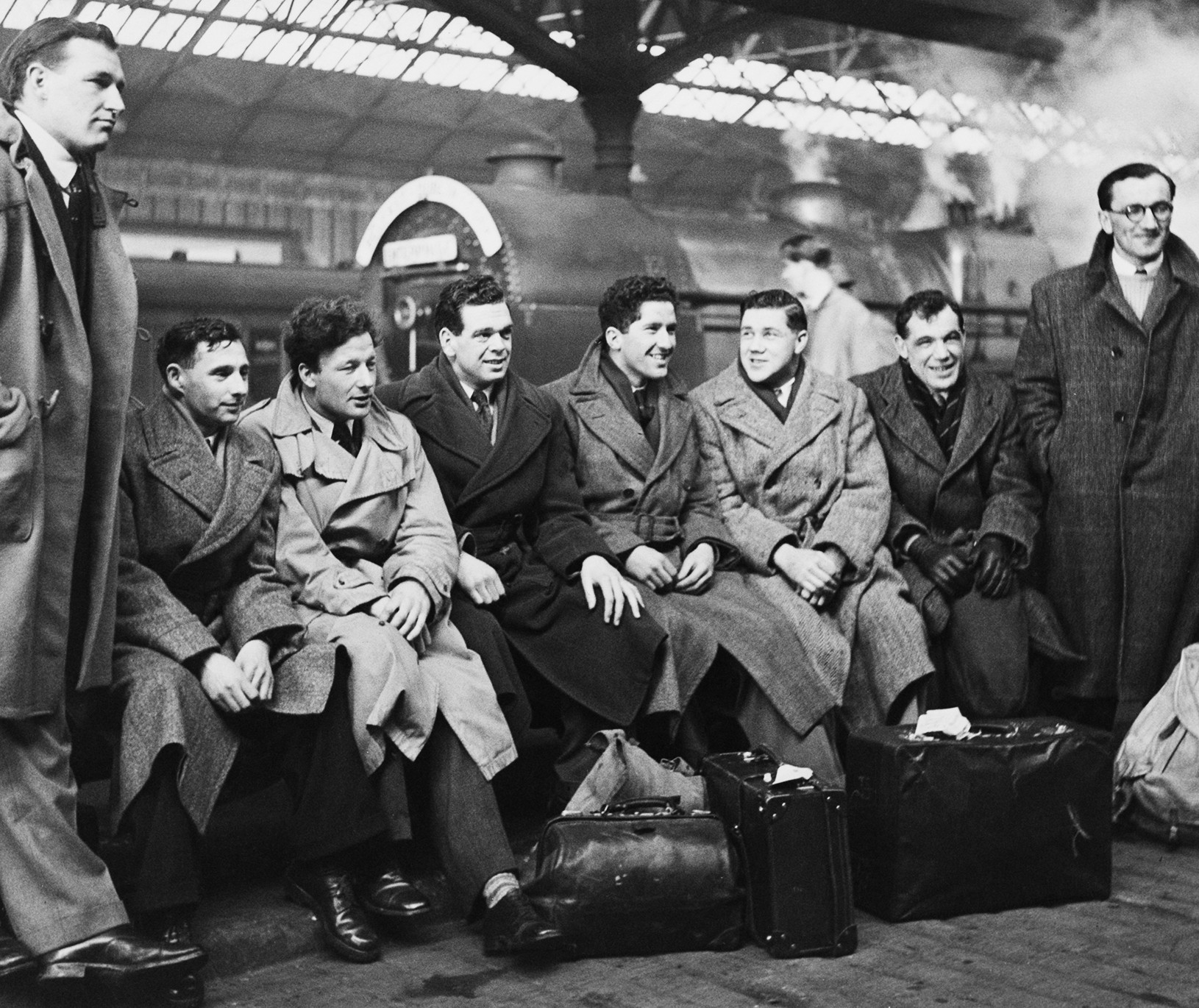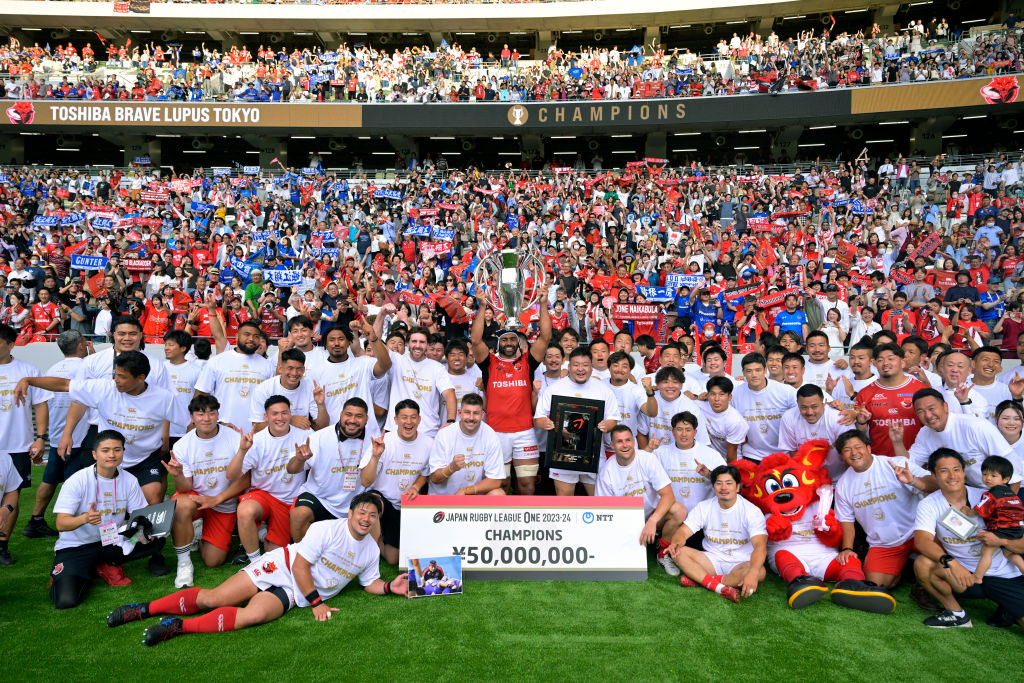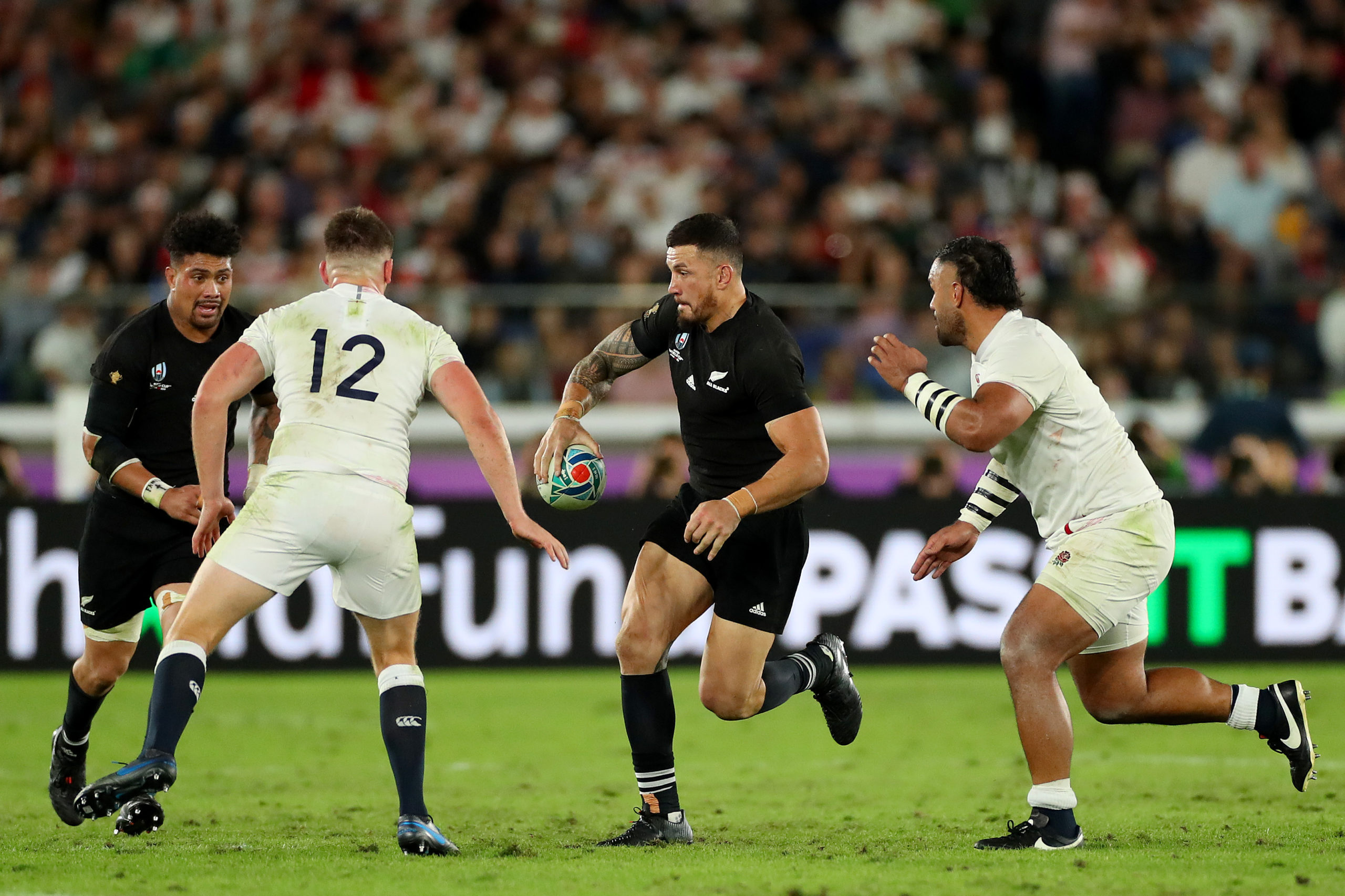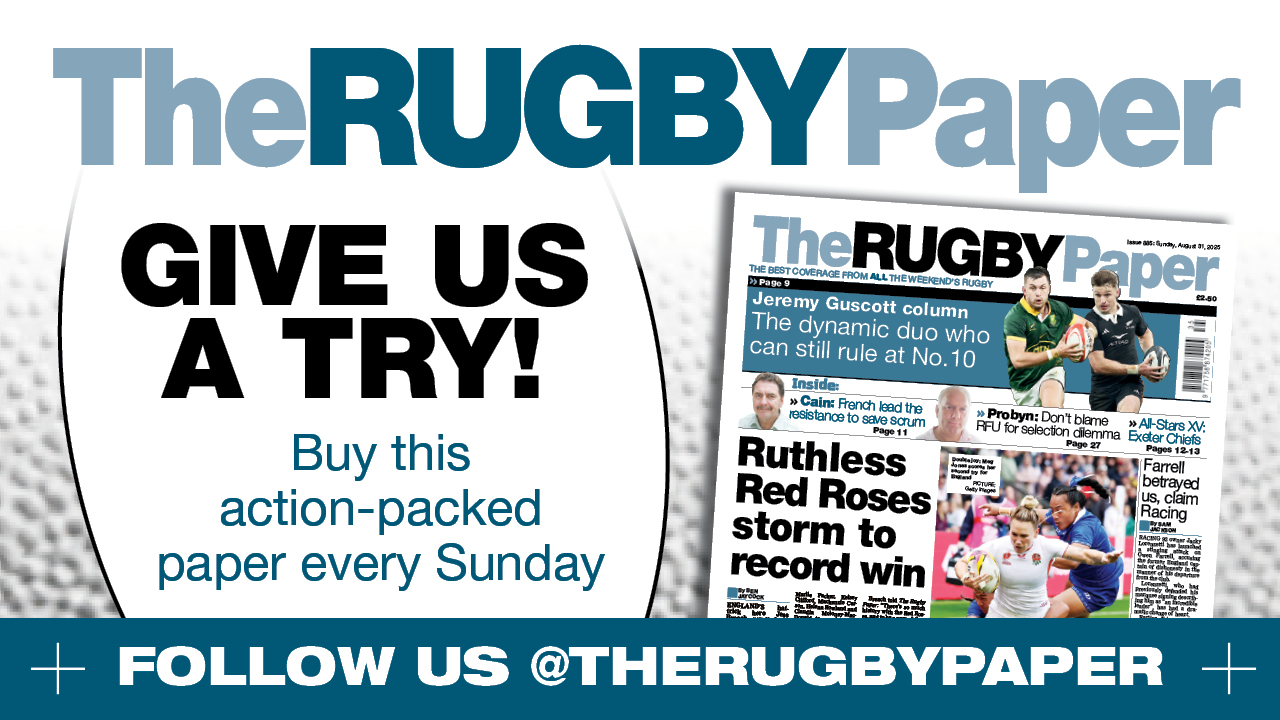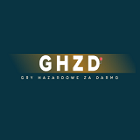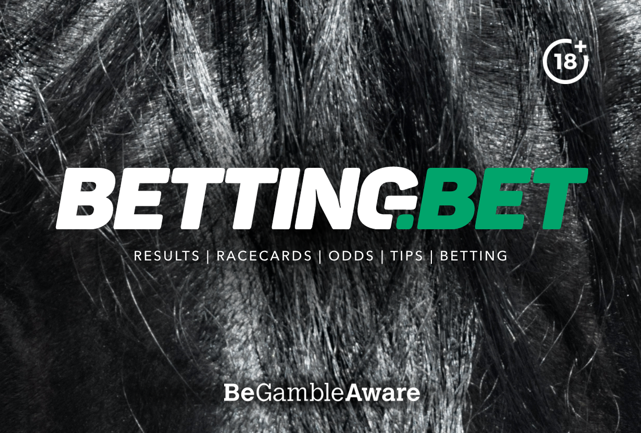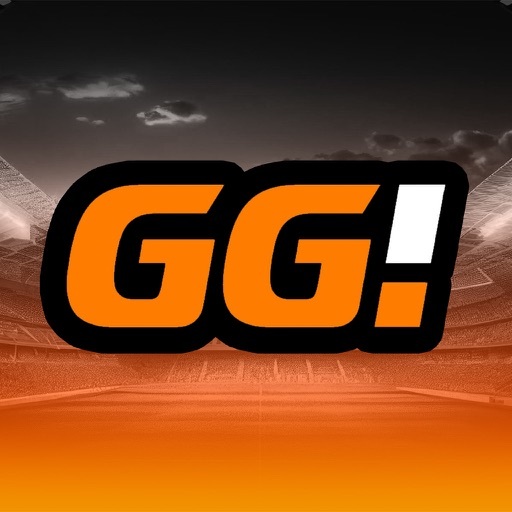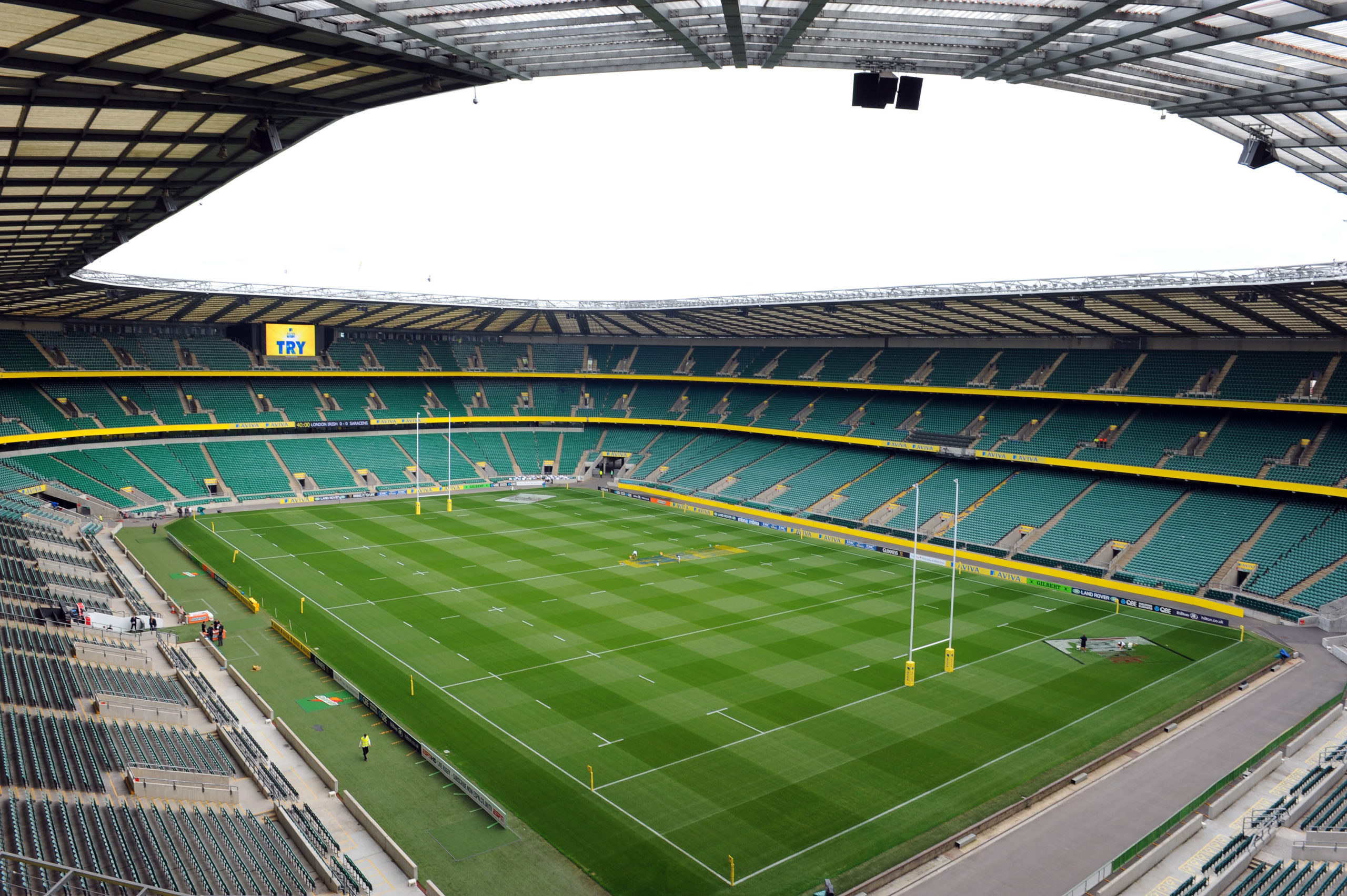Features
The greatest gathering of Ulster rugby royalty
More in Features
-
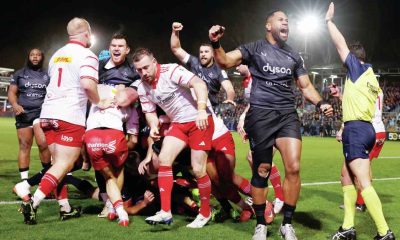

Paul Rees: Lawrence Dallaglio’s reasons to cheer for Prem clubs in Europe
Paul Rees talks to England’s World Cup winner about the Champions Cup – and...
-
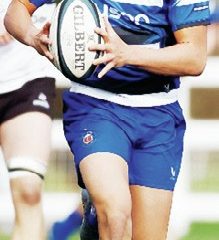

MAXHOOPER
YOUNG GUNS BATH & ENGLAND U18 FLY-HALF Despite being the son of Bath stalwart...
-
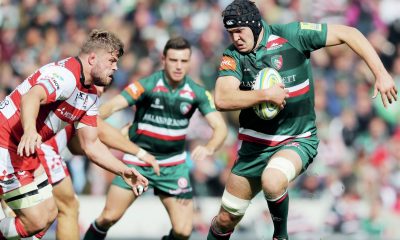

My Life in Rugby: Joe Makysymiw – The brilliant, emotional world of French rugby
Former Leicester Tigers, Connacht, Dragons and Agen second row, Joe Makysymiw, reflects on his...
-
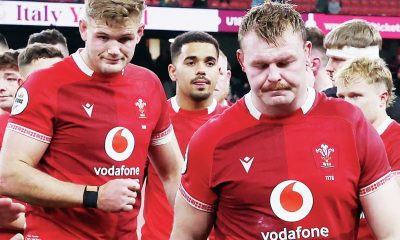

Paul Rees: R360 threat can force change
Paul Rees on how the proposed breakaway league could revamp rugby amid increasing stresses...

